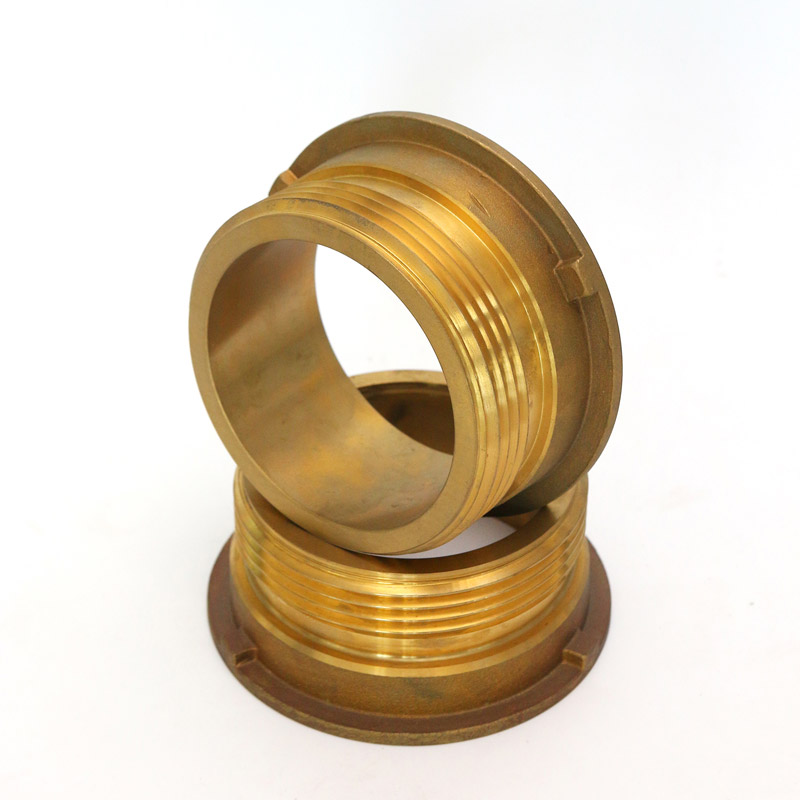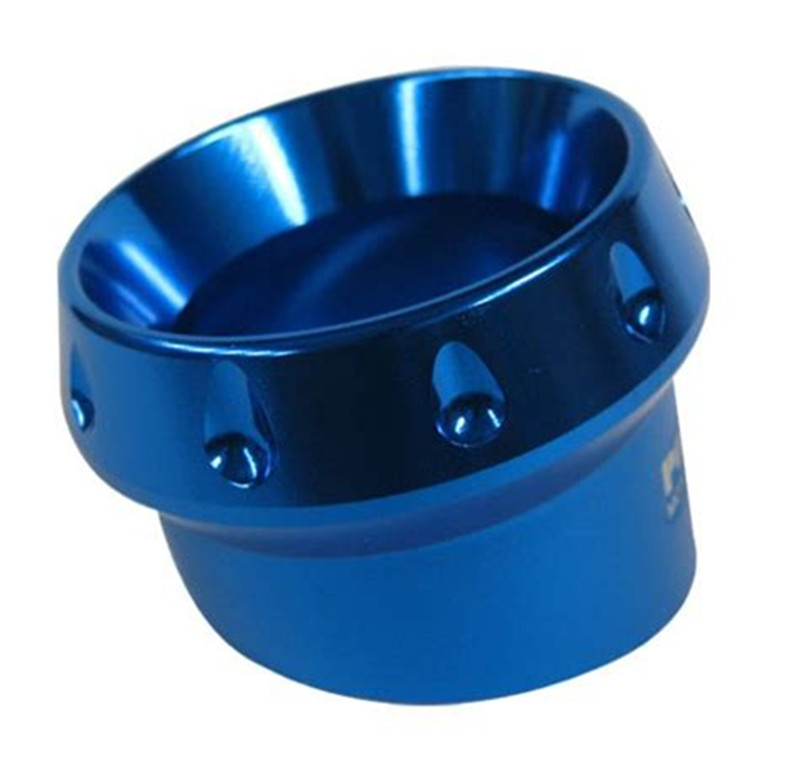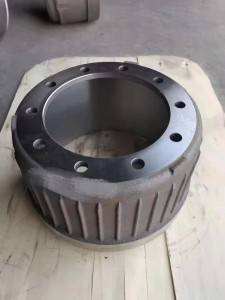Industrial Casting
-

OEM Custom Brass Investment Casting
Basic Info
Casting Method: Thermal Gravity Casting
Process: Lost Wax Casting
Molding Technics: Pressure Casting
Application: Machinery Parts
Material: Copper Alloy
Surface Preparation: Polishing
Surface Roughness: Ra6.3
Machining Tolerance: +/-0.01mm
Standard: AISI
Certification: SGS, ISO 9001:2008
Size: As Per Drawing
Additional Info
Packaging: standard export package
Productivity: 100 Ton/Month
Brand: Mingda
Transportation: Ocean,Land,Air
Place of Origin: China
Certificate: ISO9001
Port: Tianjin -

OEM Custom Metal Brass Casting
Basic Info
Casting Method: Thermal Gravity Casting
Process: Lost Wax Casting
Molding Technics: Pressure Casting
Application: Machinery Parts
Material: Copper Alloy
Surface Preparation: Polishing
Surface Roughness: Ra6.3
Machining Tolerance: +/-0.01mm
Standard: AISI
Certification: SGS, ISO 9001:2008
Size: As Per Drawing
Additional Info
Packaging: standard export package
Productivity: 100 Ton/Month
Brand: Mingda
Transportation: Ocean,Land,Air
Place of Origin: China
Certificate: ISO9001
Port: Tianjin -

Aluminum CNC Machined Parts with Anodized
Basic Info
Application: Machinery Accessory
Standard: ASME
Surface Treatment: Polishing
Production Type: Batch Production
Machining Method: CNC Turning
Material: Brass
Size: As Per Drawing
Additional Info
Packaging: standard export package
Productivity: 10 Ton/Month
Brand: Mingda
Transportation: Ocean,Land,Air
Place of Origin: China
Certificate: ISO9001
Port: Tianjin -

Precision cast iron tie rod
OEM Stainless Steelcastings, lost wax production craft, machining choice will be according to the actual tolerance request and demand quantity. Most of Our produced castings are used for valves, hydrants, pumps,trucks,railway and train and so on.
Manufacturing technique:Lost Wax Precision Casting
Material: SS316, SS304, 1.4310
Product weight:0.2Kg-200Kg -

Cast iron engine casing
Cast iron is an alloy consisting mainly of iron, carbon, and silicon.
In these alloys, the carbon content exceeds the amount that can be retained in austenite solid solution at eutectic temperature.
Cast iron is an iron-carbon alloy with a carbon content greater than 2.11% (generally 2.5 ~ 4%).It is a multi-element alloy with iron, carbon and silicon as the main component elements and contains more manganese, sulfur, phosphorus and other impurities than carbon steel.Sometimes in order to improve the mechanical properties of cast iron or physical, chemical properties, but also add a certain amount of alloy elements, alloy cast iron.
As early as the sixth century BC age period, China has begun to use cast iron, than European countries nearly two thousand years earlier.Cast iron is still one of the most important materials in industrial production.
oneAccording to the form of carbon present in cast iron, cast iron can be divided into
1.White cast iron except for a few soluble in ferrite, the rest of the carbon in the form of cementite exists in cast iron, its fracture is silver-white, so called white cast iron.White cast iron is mainly used as raw material for steelmaking and blank for producing malleable cast iron.
2.Gray cast iron carbon all or most of the flake graphite exists in the cast iron, its fracture is dark gray, so called gray cast iron.
3.Part of the carbon of hemp cast iron exists in the form of graphite, which is similar to gray cast iron.The other part is in the form of free cementite similar to white cast iron.The black and white pitting in the fracture, so called hemp cast iron.This type of cast iron also has greater hardness and brittleness, so it is rarely used in the industry.
twoAccording to the different graphite morphology in cast iron, cast iron can be divided into
1.The graphite in gray cast iron is flake.
2.The graphite in malleable cast iron is flocculent.It is obtained from certain white cast iron after annealing at high temperature for a long time.Its mechanical properties (especially toughness and plasticity) are higher than gray cast iron, so it is commonly called malleable cast iron.
3.The graphite in nodular cast iron is spherical.It is obtained by spheroidizing treatment before pouring molten iron.This kind of cast iron not only has higher mechanical properties than gray cast iron and malleable cast iron, but also has a simpler production process than malleable cast iron. Moreover, its mechanical properties can be further improved through heat treatment, so it is increasingly widely used in production.
-

Cast iron ring
Cast iron is an alloy consisting mainly of iron, carbon, and silicon.
In these alloys, the carbon content exceeds the amount that can be retained in austenite solid solution at eutectic temperature.
Cast iron is an iron-carbon alloy with a carbon content greater than 2.11% (generally 2.5 ~ 4%).It is a multi-element alloy with iron, carbon and silicon as the main component elements and contains more manganese, sulfur, phosphorus and other impurities than carbon steel.Sometimes in order to improve the mechanical properties of cast iron or physical, chemical properties, but also add a certain amount of alloy elements, alloy cast iron.
As early as the sixth century BC age period, China has begun to use cast iron, than European countries nearly two thousand years earlier.Cast iron is still one of the most important materials in industrial production.
oneAccording to the form of carbon present in cast iron, cast iron can be divided into
1.White cast iron except for a few soluble in ferrite, the rest of the carbon in the form of cementite exists in cast iron, its fracture is silver-white, so called white cast iron.White cast iron is mainly used as raw material for steelmaking and blank for producing malleable cast iron.
2.Gray cast iron carbon all or most of the flake graphite exists in the cast iron, its fracture is dark gray, so called gray cast iron.
3.Part of the carbon of hemp cast iron exists in the form of graphite, which is similar to gray cast iron.The other part is in the form of free cementite similar to white cast iron.The black and white pitting in the fracture, so called hemp cast iron.This type of cast iron also has greater hardness and brittleness, so it is rarely used in the industry.
twoAccording to the different graphite morphology in cast iron, cast iron can be divided into
1.The graphite in gray cast iron is flake.
2.The graphite in malleable cast iron is flocculent.It is obtained from certain white cast iron after annealing at high temperature for a long time.Its mechanical properties (especially toughness and plasticity) are higher than gray cast iron, so it is commonly called malleable cast iron.
3.The graphite in nodular cast iron is spherical.It is obtained by spheroidizing treatment before pouring molten iron.This kind of cast iron not only has higher mechanical properties than gray cast iron and malleable cast iron, but also has a simpler production process than malleable cast iron. Moreover, its mechanical properties can be further improved through heat treatment, so it is increasingly widely used in production.
-

Brake Drum Brake Drum for Vehicle02
Specification:
Standard: EN ,SAE ,GB, DIN
Quality Standard OEM
Meterial Grade GG 25 ,HT 250
Chemical composition C: 3.5-3.7 Si: 1.5-2.1% Mn: 0.6-0.9%
P: <0.12% S: <0.1% Cr:0.6-0.9% Cu:0.3-0.8
Mechanics performance tensile strength: ≥ 250Mpa
Hardness HB180-225
Non-Destructive Test Metallurgical test
Dimension inspection dimension inspection report
Production according to customer's drawing or OEM number -

Brake disc/Brack rotor
Specification:
Standard: EN ,SAE ,GB, DIN
Quality Standard OEM
Meterial Grade GG 25 ,HT 250
Chemical composition C: 3.5-3.7 Si: 1.5-2.1% Mn: 0.6-0.9%
P: <0.12% S: <0.1% Cr:0.6-0.9% Cu:0.3-0.8
Mechanics performance tensile strength: ≥ 250Mpa
Hardness HB180-225
Non-Destructive Test Metallurgical test
Dimension inspection dimension inspection report
Production according to customer's drawing or OEM number -

Brake drum
Standard: EN ,SAE ,GB, DIN
Quality Standard OEM
Meterial Grade GG 25 ,HT 250
Chemical composition C: 3.5-3.7 Si: 1.5-2.1% Mn: 0.6-0.9%
P: <0.12% S: <0.1% Cr:0.6-0.9% Cu:0.3-0.8
Mechanics performance tensile strength: ≥ 250Mpa
Hardness HB180-225
Non-Destructive Test Metallurgical test
Dimension inspection dimension inspection report
Production according to customer's drawing or OEM number
